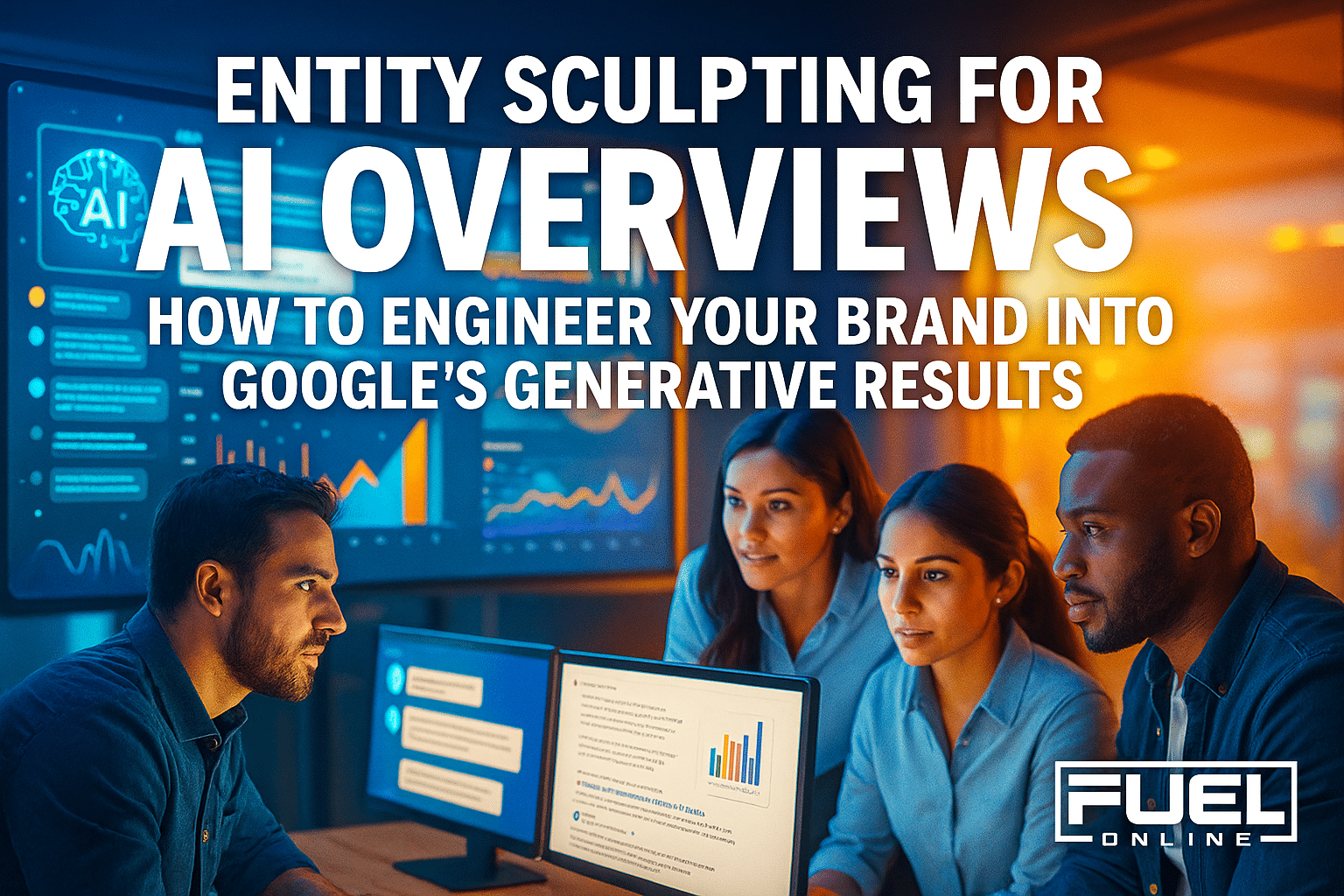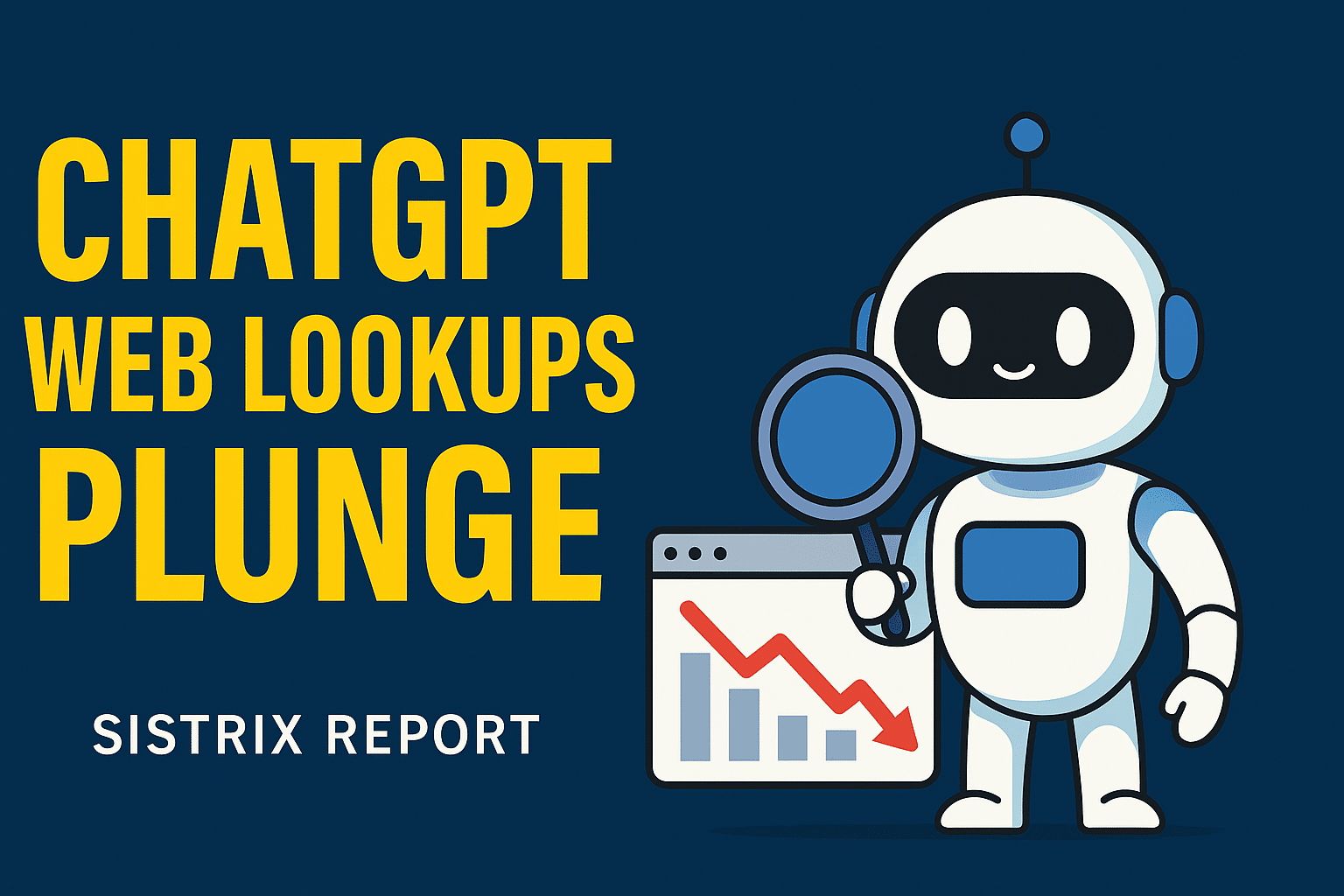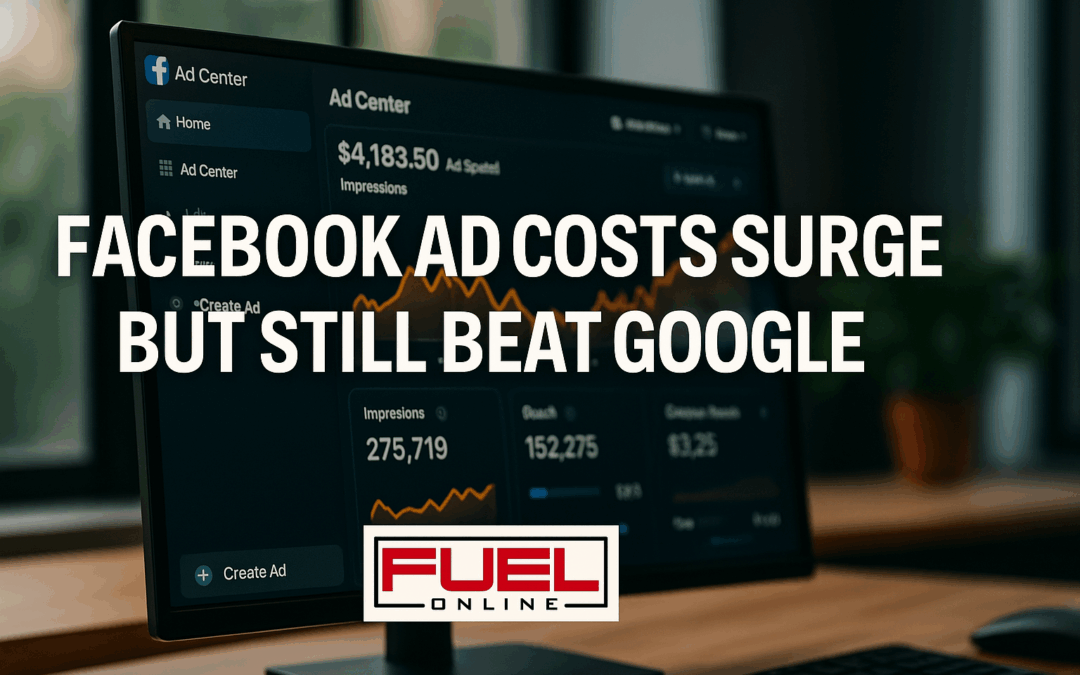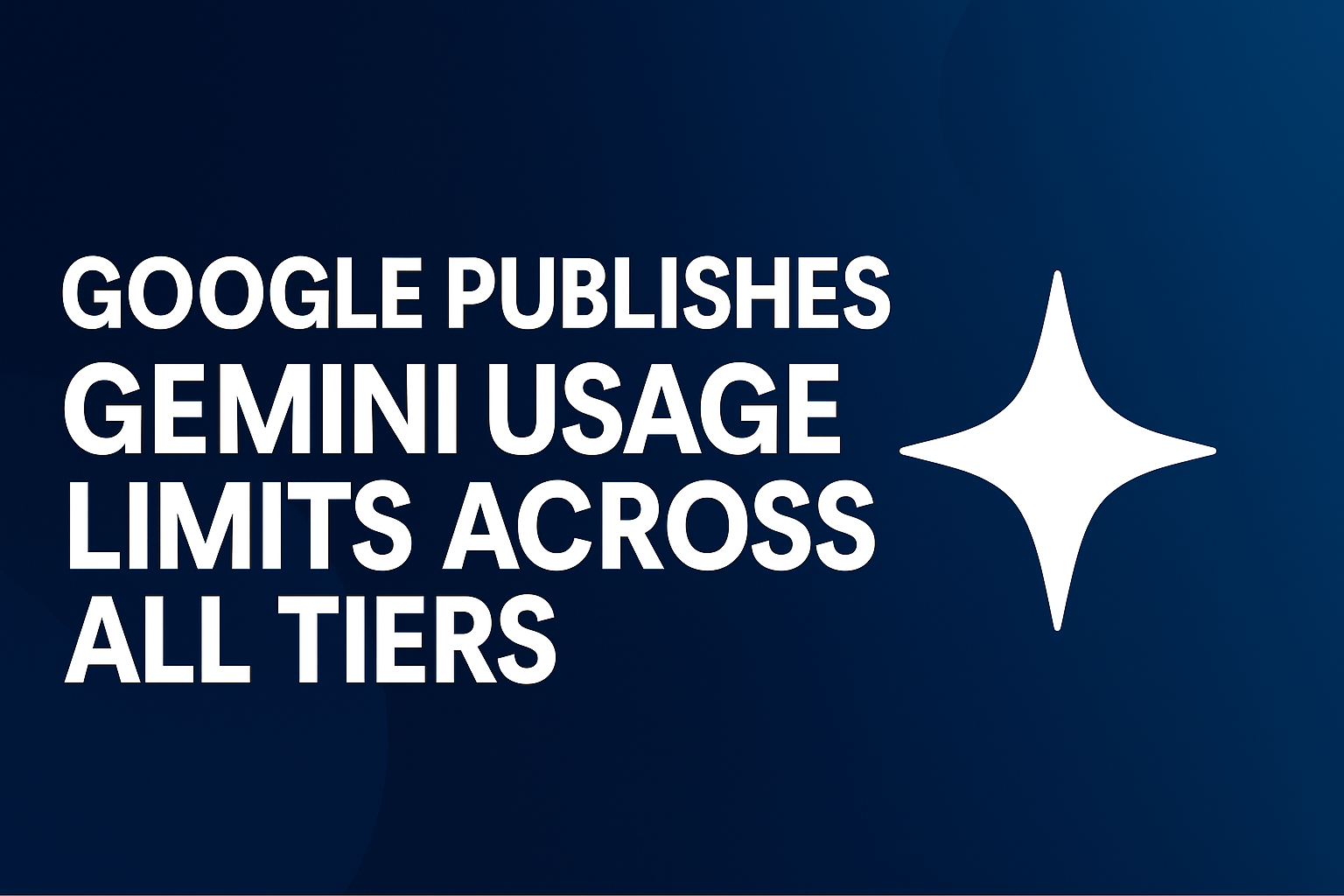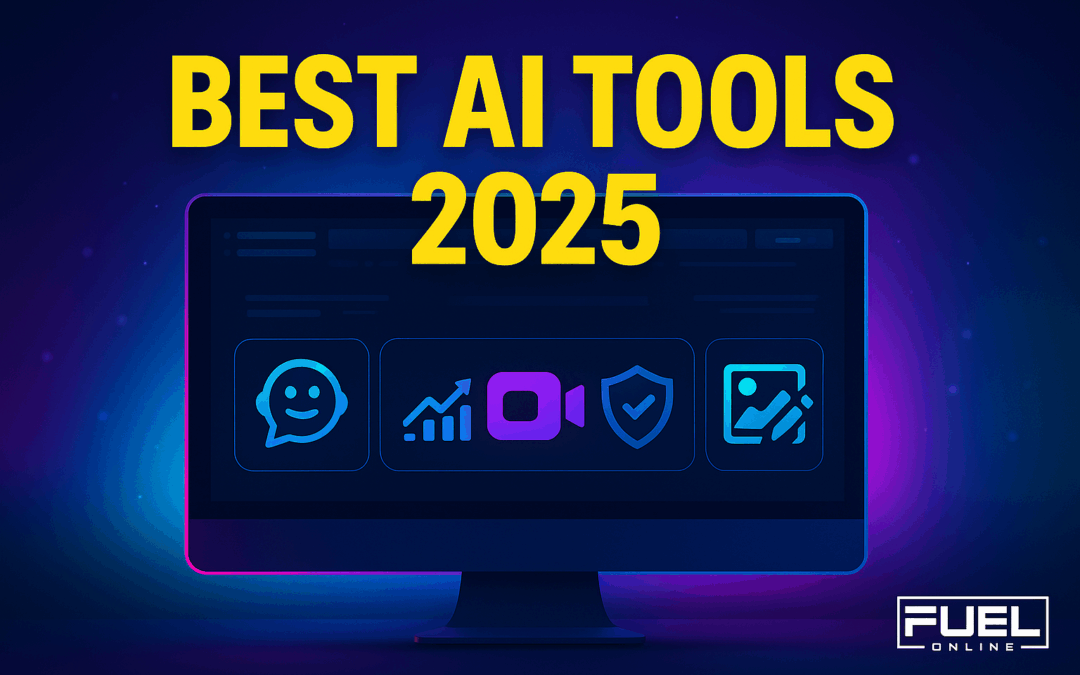By Scott Levy – CEO, Fuel Online
The Shift We Can’t Ignore
When people talk about SEO changes, they usually mean tweaks: a core update here, an algorithm refresh there. But what’s happening right now with Google’s AI Overviews (AEO) is not a tweak—it’s a tectonic shift.
For decades, we’ve played by the SERP rules. We optimized titles, meta descriptions, site speed, backlinks, schema. We understood the levers to pull. But AI Overviews have changed the entire decision-making model inside Google’s brain.
Instead of “ranking pages,” Google is assembling answers from multiple sources and presenting them as if it were the primary author. The new race isn’t just “Can we rank?”—it’s “Can we become the entity Google trusts enough to quote or mention inside its AI-generated narrative?”
And here’s the kicker: you can have the best content in the industry and still be invisible inside AI Overviews if your entity signals aren’t sculpted correctly.
What Entity Sculpting Really Means
Think of Entity Sculpting as brand architecture for AI. It’s the deliberate, methodical shaping of the information Google sees about you—across every platform, every source, every reference—so that its models have zero doubt you are the authority for a topic.
It’s no longer about “keywords” in the old sense. It’s about semantic identity. Google needs to see your brand as an interconnected data node that’s verified, reinforced, and referenced from multiple angles.
In AI SEO terms, entity sculpting is about:
-
Building high-confidence connections between your brand and target topics.
-
Creating redundant verification loops in structured and unstructured data.
-
Orchestrating contextual reinforcement from trusted third-party entities.
Why This is the Next SEO Battleground
Let’s be clear: this isn’t optional for competitive industries like digital marketing, SaaS, eCommerce, finance, health, or AI solutions.
The AI Overview real estate is finite. In a single search, Google might mention 2–5 brands. That’s your new Page One. If you’re not there, your competitors will gladly take your spot—and the implied credibility that comes with it.
Failure to invest in entity sculpting means:
-
You’re absent from brand-heavy AI answers where buyer intent is highest.
-
Competitors gain citation authority that makes them harder to unseat later.
-
You lose passive brand mentions that reinforce awareness across the web.
The Entity Sculpting Playbook – Fuel Online Methodology
Here’s a deeper look at the tactical process we’ve been refining in our AI SEO R&D lab.
1. Create an Authority Web Inside the Knowledge Graph
We start by mapping every possible node where Google might store, cross-reference, or verify data about your brand. Then we close the loops.
-
Primary Nodes: Google Business Profile, Wikipedia/Wikidata, Crunchbase, LinkedIn Company Page.
-
Industry Nodes: Authoritative niche directories, awards pages, event speaker bios, association listings.
-
Cross-Linking: Every authoritative source should reference at least two other verified profiles. This creates a web of mutual validation that AI models find irresistible.
Real-world example: When we ran this for a SaaS client, their appearance rate in AI Overviews for category-level queries went from 0% to 37% in three months—without touching traditional rankings.
2. Absolute NAP & Category Precision
One of the biggest AI Overview killers? Inconsistent business info.
Google’s models can’t confidently cite you if half the web lists you as “FuelOnline.com” and the other half as “Fuel Online Marketing.” Or if your categories drift from “SEO” to “Digital Advertising” without context.
We:
-
Audit all listings for Name, Address, Phone (NAP) uniformity.
-
Standardize primary category language to match target AI Overview queries.
-
Add secondary categories that connect to topical clusters we want to rank in AI answers.
3. Structured Data as an Entity Amplifier
Most agencies treat schema markup like a checkbox. In entity sculpting, it’s the glue that binds you to concepts inside Google’s data layer.
Key tactics:
-
Use
sameAsto link to verified profiles and third-party sources. -
Deploy
knowsAboutto explicitly state topical authority areas. -
Include
hasCredentialfor awards, certifications, or high-authority validations.
4. Semantic Saturation of Target Topics
This is where AI SEO meets content engineering. We don’t just write a page about “AI SEO” and hope it ranks. We flood the internal and external ecosystem with contextual bridges:
-
AI SEO pages referencing AEO, generative search optimization, GEO.
-
Related pages linking back with topical anchors.
-
Guest articles on third-party sites that tie your brand to the same concept cluster.
5. AI Overview Reverse-Engineering
We run mass query testing—hundreds of variations around our target AI Overview opportunities.
-
Queries are tracked daily over weeks.
-
We log whether the brand appears, how often, and in what context.
-
We modify entity signals based on observed gaps.
Example: If a brand appears in 50% of AI Overviews for “best SEO agencies” but not for “AI SEO experts,” we’ll bolster structured data, context pages, and third-party mentions for that exact phrasing.
6. Trigger Implied Citations at Scale
In AI land, Google often quotes without linking. That’s still a win because citation = authority.
How we trigger them:
-
Secure placements in trusted, non-competitive publications with brand-topic connections.
-
Use data releases and surveys as hooks—AI loves citing statistics.
-
Seed branded terminology into the ecosystem so AI treats it as a unique concept.
How to Measure Entity Sculpting ROI
Unlike old-school SEO, where rankings are the metric, entity sculpting success is about share of AI Overview voice.
We measure:
-
Appearance Rate: % of target AI Overview queries where you’re mentioned.
-
Context Score: How often you’re linked with target concepts.
-
Citation Spread: Number of unique authoritative sources reinforcing your brand-topic connection.
The Bottom Line
Entity sculpting is the bridge between classic SEO and AI-era brand positioning. It’s not gaming the system—it’s teaching the system exactly what you want it to know and making sure it hears that message from every possible source.
If you ignore it, you’ll watch competitors dominate AI Overview real estate and cement themselves as “the” answer for your market. If you embrace it, you’ll own the digital equivalent of prime real estate in the city everyone’s moving to.
We’ve built our AI SEO practice at Fuel Online to live in this space—testing, refining, and staying ahead of what AI-driven search engines demand. Because tomorrow’s winners aren’t the ones with the most backlinks. They’re the ones the algorithm knows.

